
The story of Yim Tin Tsai, a tranquil 0.31km2 island just twenty minutes away from the Sai Kung Town Centre, began three centuries ago when their ancestors Chan Mang-Tak and his wife moved from Shenzhen and built Yim Tin Tsai village. Housing the Hakkas of the Chan family, the islanders made a living by salt-making and fishing, and numbered over 200 during the most prosperous period. In 1864, Father S. Volonteri and Father G. Origo were sent here to spread the Gospel. Ten years later, all the islanders were baptised and they donated a large open space to the Catholic Church to build a church and school in the village, and St. Joseph was made a patron saint of Yim Tin Tsai. In 1890, St. Joseph’s Chapel was built and consecrated, replacing the chapel that was used in the past.
The Everyday of the Hakkas
The Hakkas mainly grew rice, grains and vegetables. Secondary to such were hunting, breeding and fishing. In the village, men and women had a clear division of labour and enjoyed a different status – men mainly went out to work and fish, whereas women were responsible for farming, raising poultry and doing housework. As a villager once recalled the hardship and diligence of Hakka women, “The women of Yim Tin Tsai worked very hard. Their work started as soon as the sun rose and they had to return home to cook after work.” Most children went to Ching Po School, a small-scaled school that allowed a strong bonding among teachers, students and villagers. Outside schooling, teachers would also advocate for better infrastructure on behalf of the villagers. Children skipping school for work and giving up further educational opportunities had been a daily portrayal of the circumstances warranted by the village way of life.
From Abandonment to Restoration
Following the repercussions of urbanisation on rural settlements, most villagers moved to the city or abroad. By 1998, Yim Tin Tsai officially became an uninhabited island. However, the villagers would still return to the Island every year for the Feast Day, held annually on the first Sunday in May. In early 2004, with the support of the church, conservation work began on St. Joseph’s Chapel, and this led to the development of cultural and eco-tourism on the island. In 2005, St. Joseph’s Chapel even won an Award of Merit in the UNESCO Asia-Pacific Awards for Cultural Heritage Conservation. In 2011, the building became a Grade 2 Heritage Building.
Yim Tin Tsai Arts Festival was held from 2019 to 2021, click here to view the retained artworks in Yim Tin Tsai.
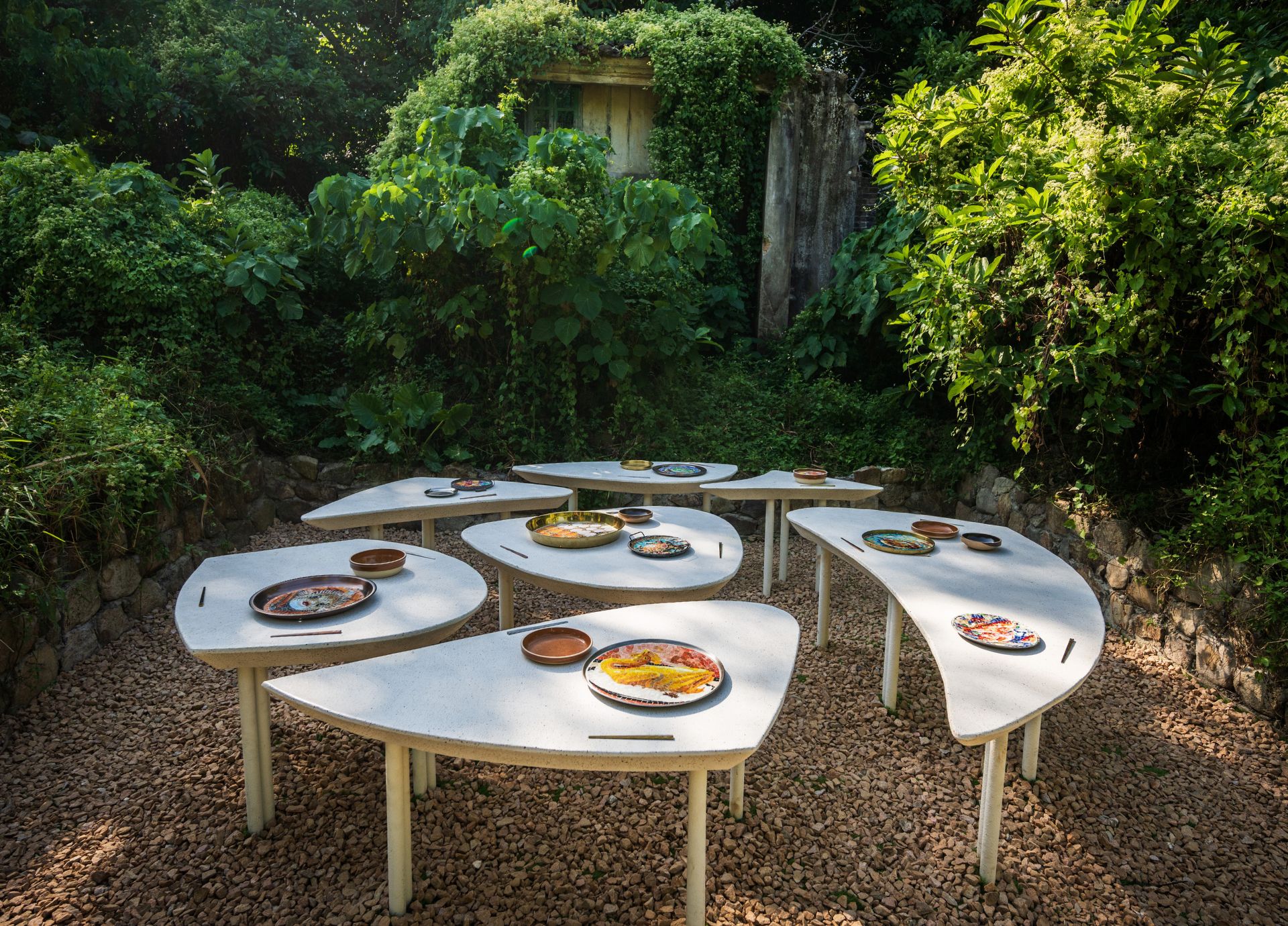
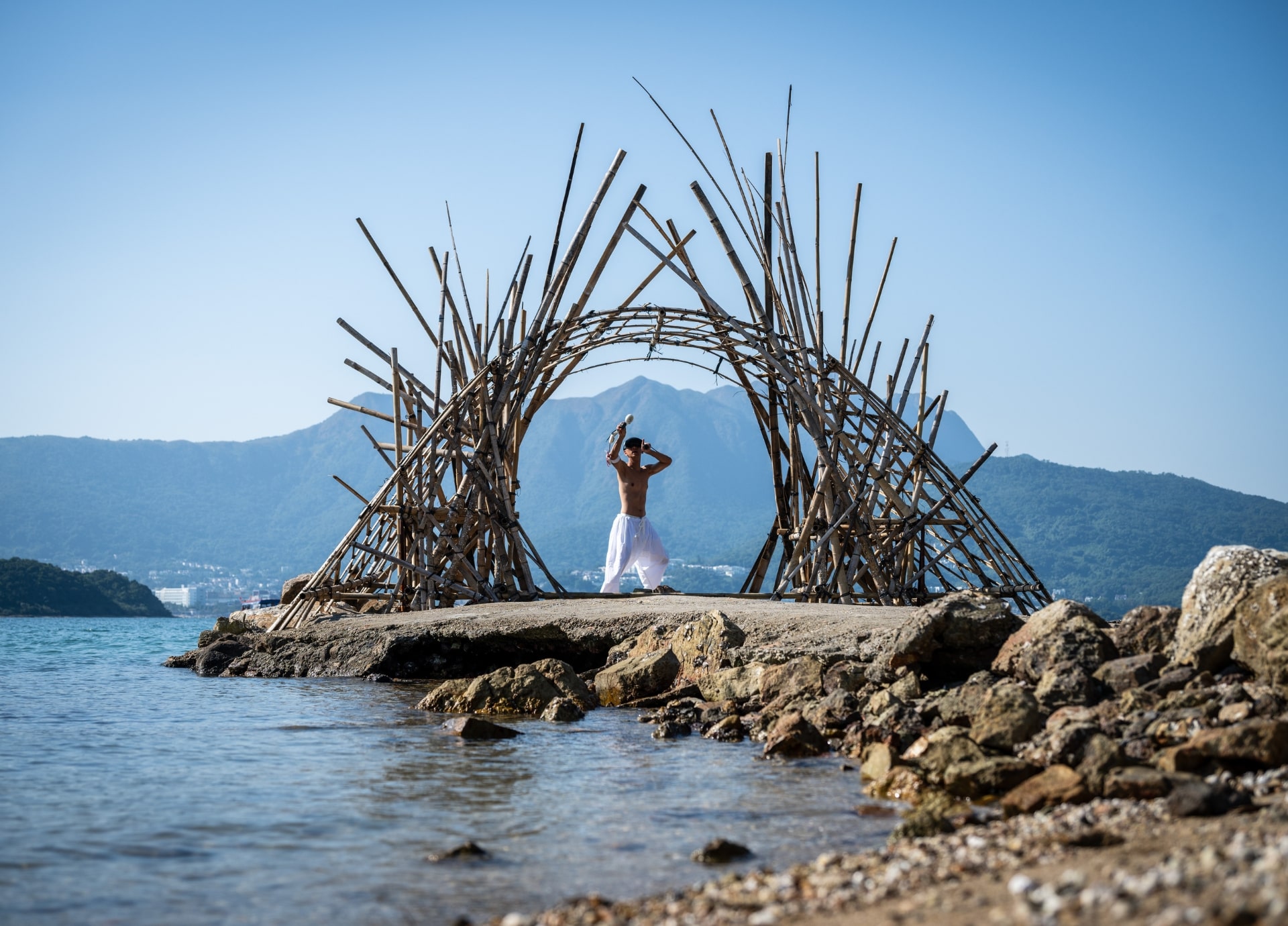

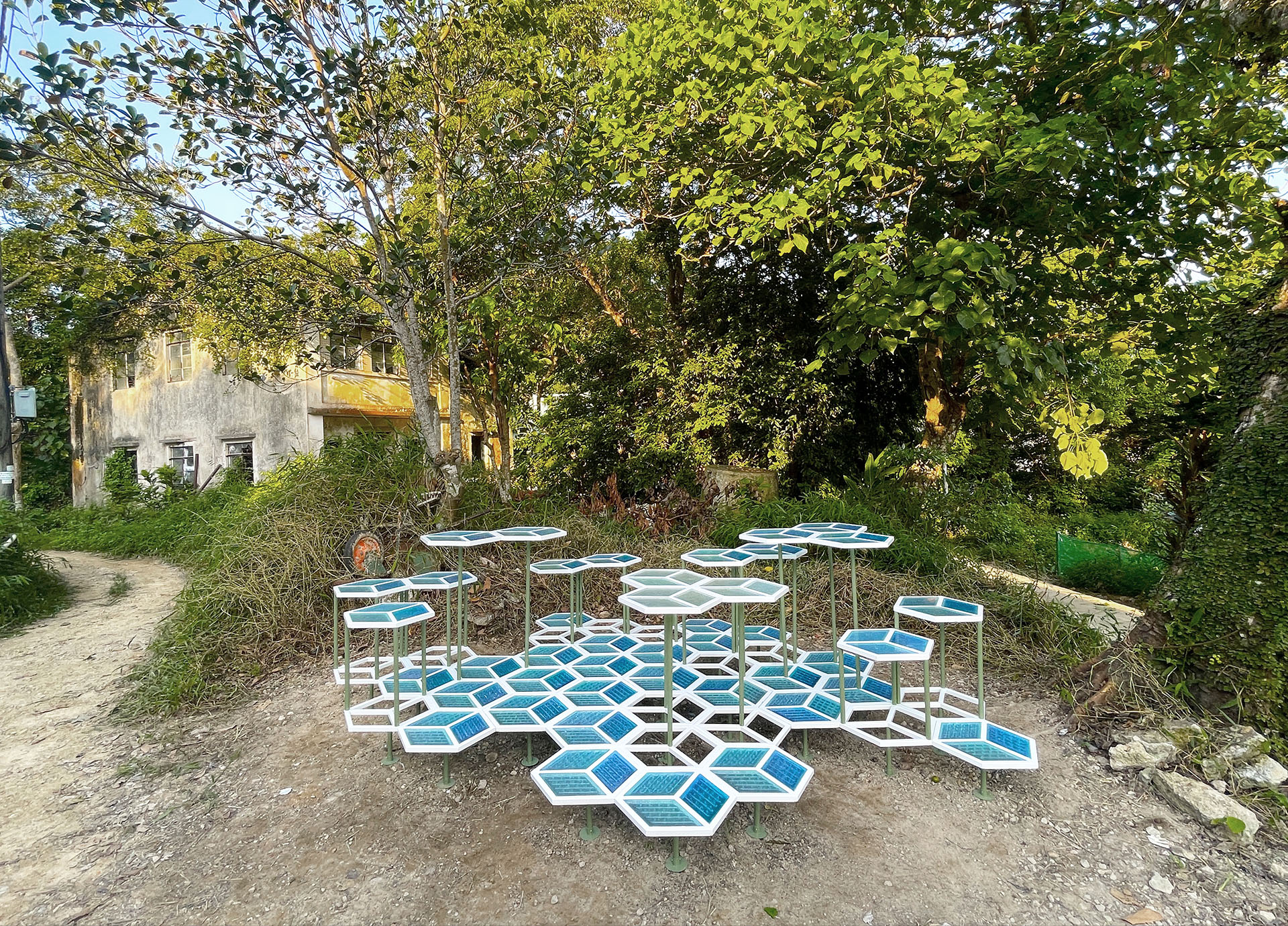
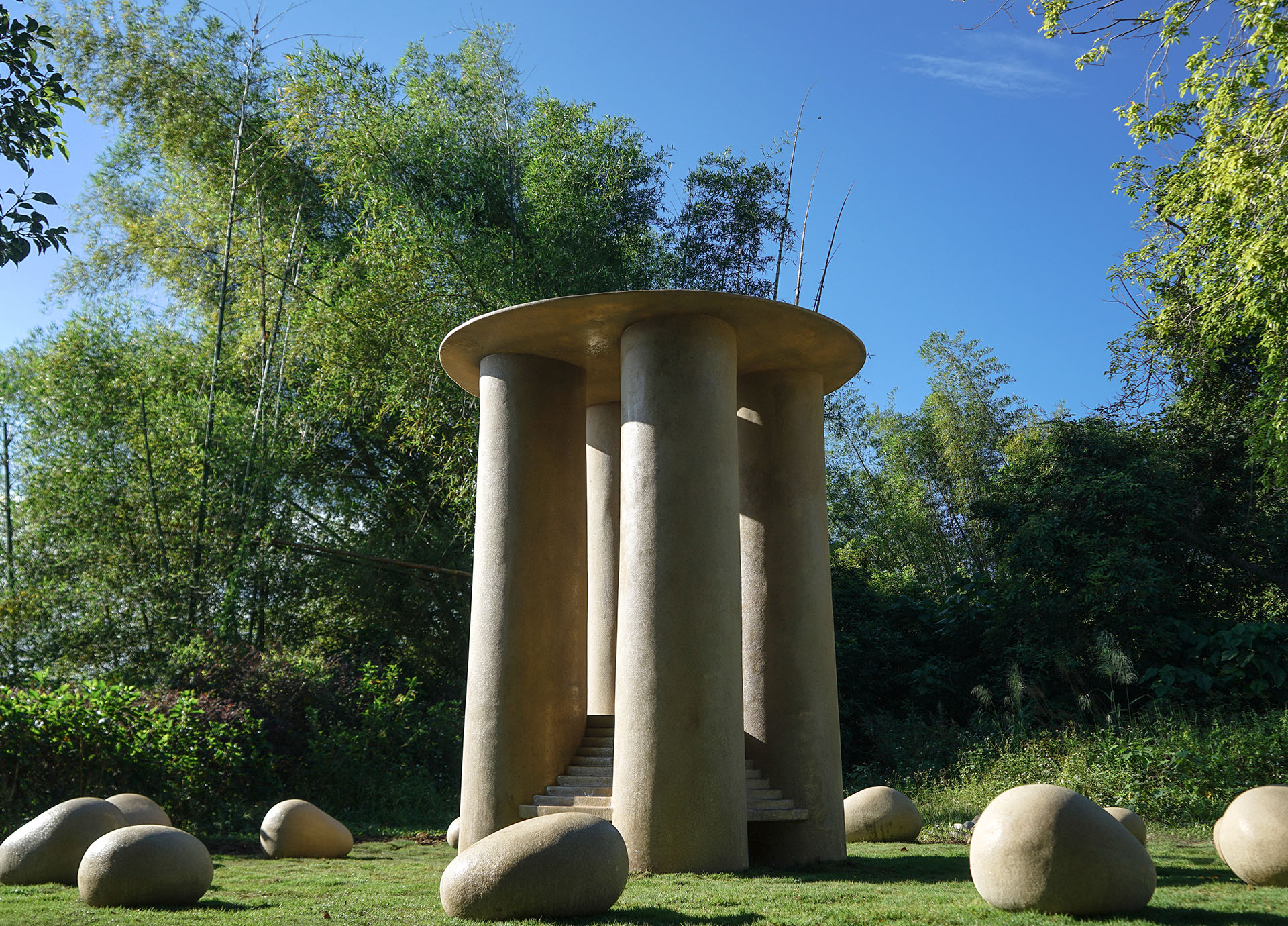


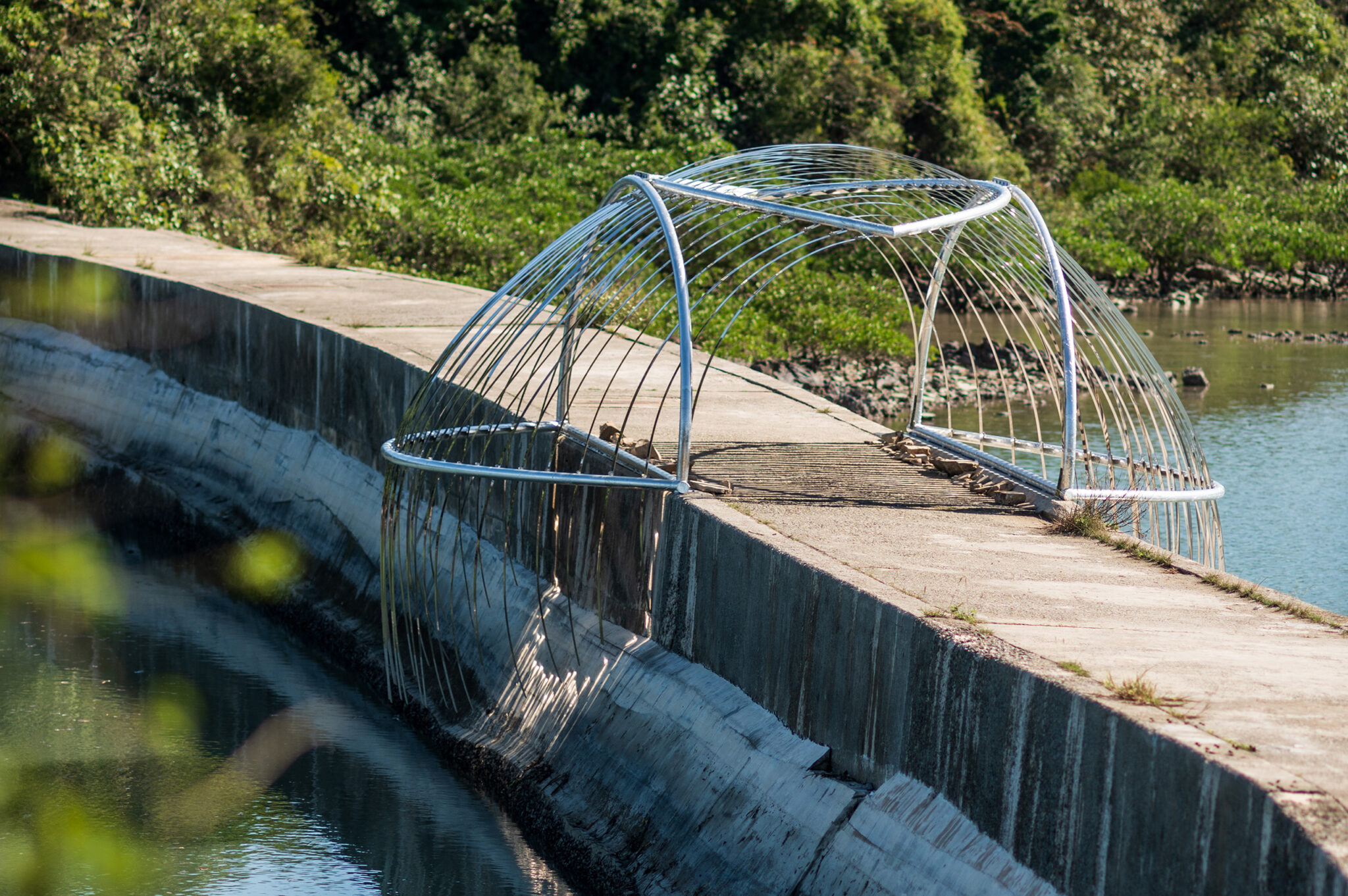
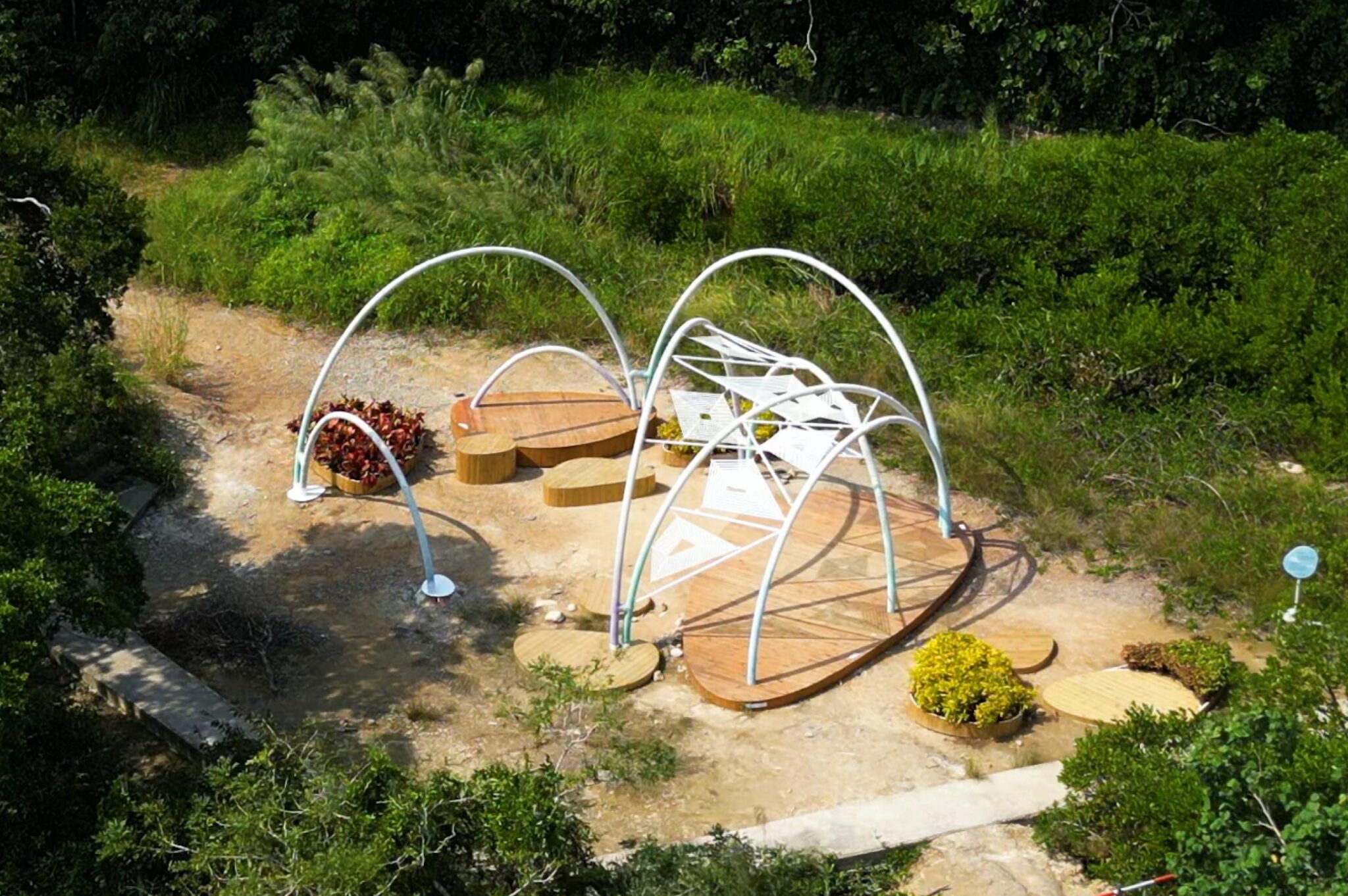
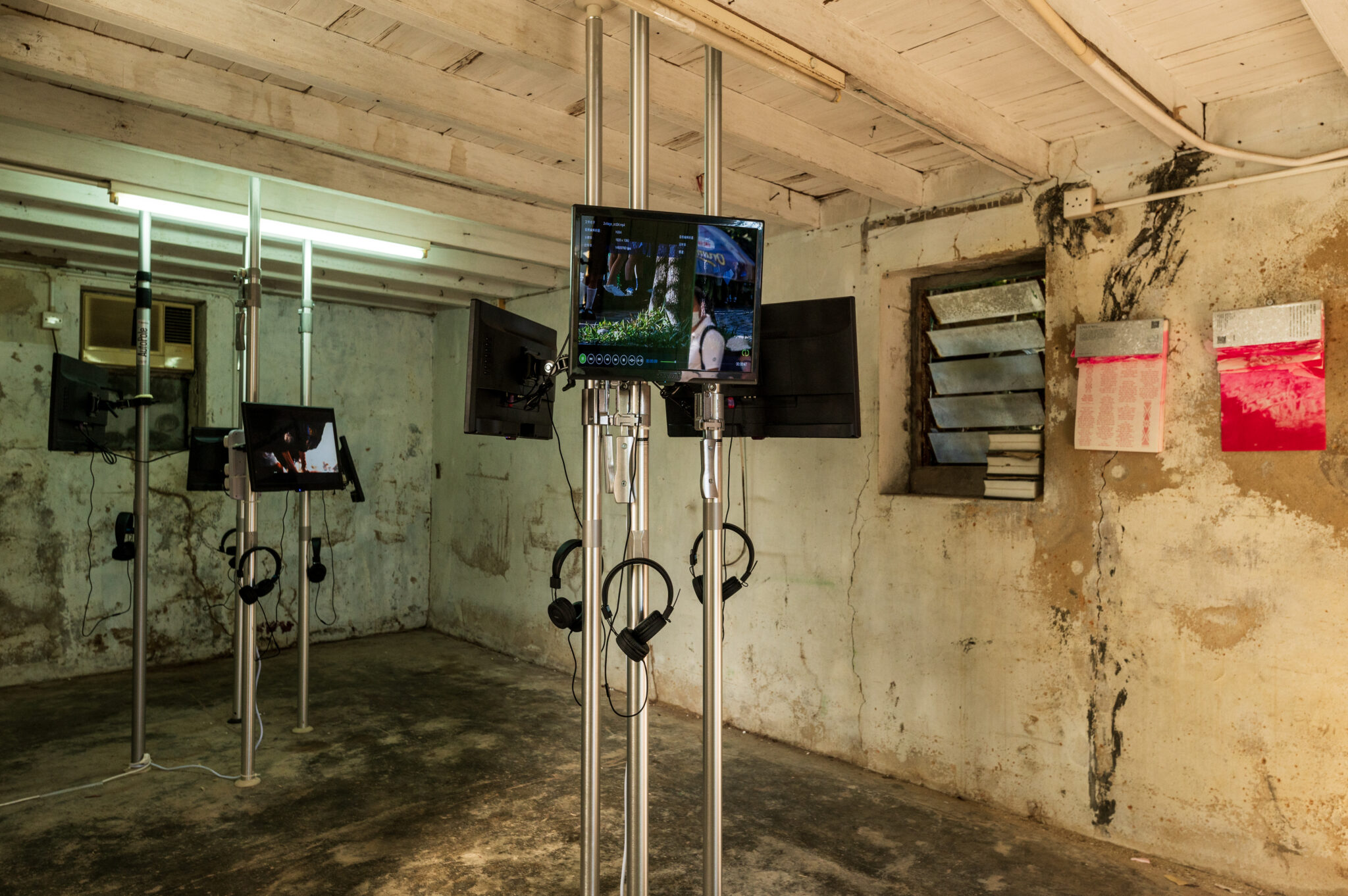
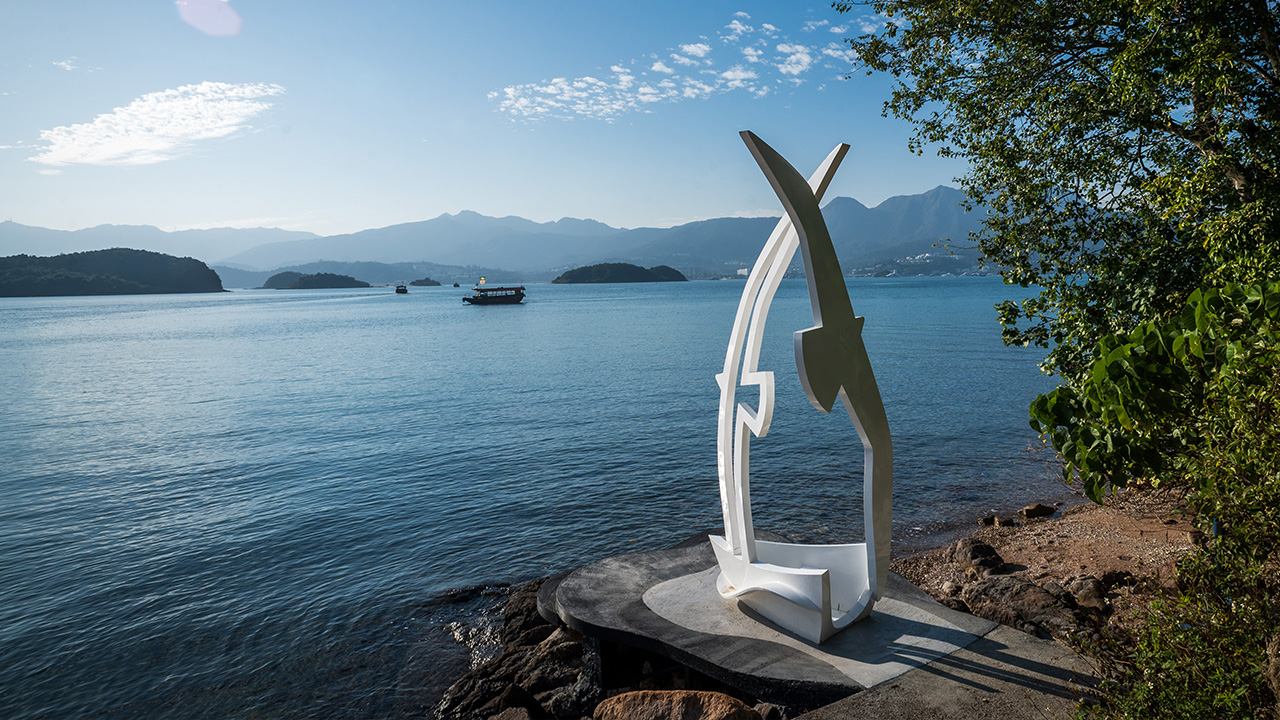
The online registration will be open from 2 Nov (Wed) 10am on a fortnightly basis, for the coming 2-4 weeks upon the system’s update. The registration schedule is as follows:
| Date Open for Registration | Newly Open Dates of the Programmes/Tours* |
|---|---|
| 2 Nov (Wed) | 16 Nov - 30 Nov |
| 16 Nov (Wed) | 1 Dec - 14 Dec |
| 30 Nov (Wed) | 15 Dec - 28 Dec |
| 14 Dec (Wed) | 29 Dec - 16 Jan |
| 3 Oct (Thu) | 13 Nov - 12 Jan |